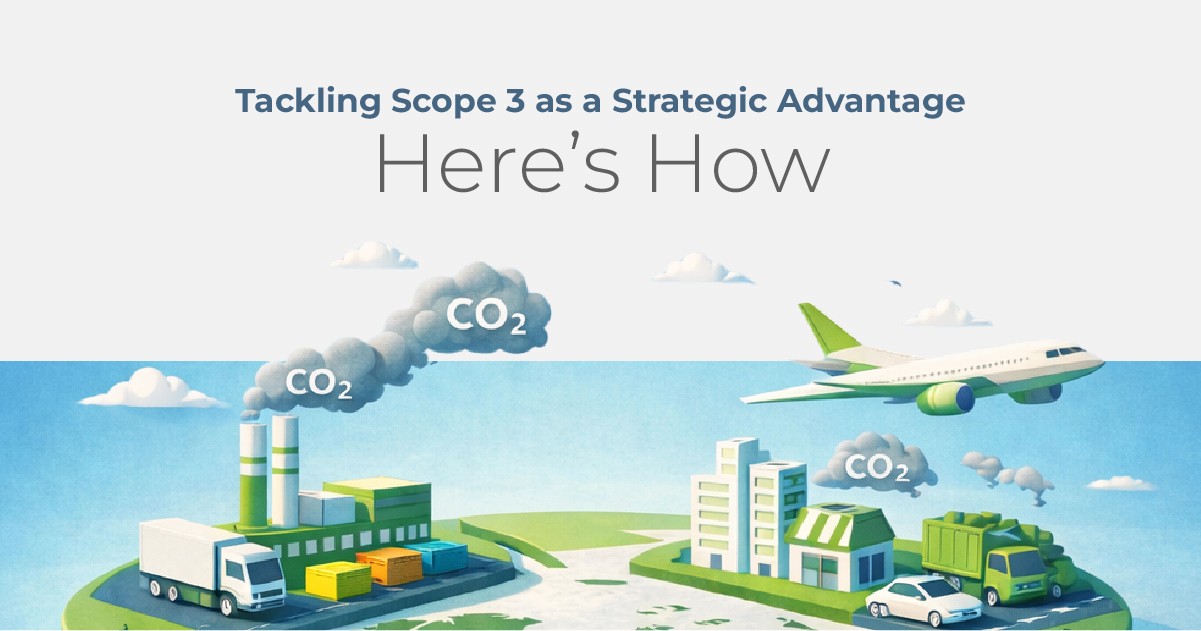Reducing greenhouse gas emissions is the main aim of creating the Kyoto Protocol. Leaders at the Kyoto Summit in 1997 persuaded countries to cut back on carbon emissions. The Kyoto Protocol aims to cut worldwide emissions and prompt countries to decide on sustainable routes. Currently, the Kyoto Protocol is important to understand, since it is connected to today’s climate action steps, such as ESG reporting and the new carbon border automation systems.
What Does the Kyoto Protocol Mean

As part of the United Nations Framework Convention on Climate Change – the Kyoto Protocol was created. The UN realized that highly developed nations are responsible for more greenhouse gases due to their longer industrial history. For this reason, it set specific and tough targets for cutting emissions for these countries under the “common but differentiated responsibilities” principle.
The top points of the agreement were -
In addition to the European Community, 37 developed countries were included in the survey.
The participating countries agreed to cut down their greenhouse gas emissions.
The objective was to reach 5% below the amounts in 1990.
The same situation occurred in the years between 2008 and 2012.
It was the initial worldwide agreement on climate.
Under CDM, bankable activities can be carried out in developing countries by developed countries to obtain emission reduction credits.
Joint Implementation allows countries to carry out emission-cutting projects in other developed countries and earn credits.
Monitoring and Reporting - ESG reporting now includes nations keeping track of their emissions and communicating them openly to ensure accountability.
The Problems And Restrictions Involved
Efforts to implement the Kyoto Protocol were obstructed by many important obstacles:
One reason the United States did not participate in ratification is that it placed value on its economy and believed the treaty did not require China and India to take binding targets.
Since the protocol did not require developing countries to make firm pledges, the increase in their emissions and doubts about the agreement became a common issue.
Enforcement was extremely difficult, as even existing compliance measures were not enforced the way they should have been. Stronger enforcement tools, like CBAM audit consulting companies, were needed for strict observance.
The Doha Amendment and Its Purpose
At the 2012 meeting in Doha, the Kyoto Protocol’s second commitment period was put into effect between 2013 and 2020. New emission targets were included for participating countries by this amendment, helping the treaty continue its fight against climate change. Yet, not all countries supported the amendment or decided to leave the organization which made it less effective. While this was happening, there were moves toward making climate agreements more inclusive around the world.
The Emergence of Carbon Border Automation and CBAM

Lately, climate policy has seen changes in tools and regulations to help better manage carbon emissions. Managing the carbon emissions of cross-border trade is made easier by carbon border automation, an innovation. The technology tries to stop “carbon leakage,” where businesses move away from countries with strict emission rules.
Another important part of this is the CBAM, which places a carbon tax on imported goods to help domestic companies compete with foreign firms working under less regulated markets. CBAM’s purpose is to help reduce emissions all over the world and stop local industries from facing disturbance from incompetent competitors.
To handle the difficulties of these systems, many companies depend on CBAM audit consulting companies. Certain companies assist businesses in meeting new requirements, drafting the right reports and designing carbon management policies based on CBAM.
Transitioning from Kyoto to Paris and the Role of ESG Management Tools
The weak aspects of the Kyoto Protocol inspired the Paris Agreement in 2015, and this time, almost all countries in the world, developed and developing, participated. It aims to control global warming less than 2 degrees Celsius, wanting to achieve even less at 1.5 degrees.
A key part of the new climate framework is how widely companies have started using ESG management tools. With these tools, companies can measure and follow how they are doing in the environmental, social, and governance areas. They provide a way for companies and countries to see how they are doing, improve environmentally, and ensure transparency, which all support reaching tough climate targets.

Legacy and Continued Importance of the Kyoto Protocol
Though the Kyoto Protocol had its weaknesses, it is still seen as a main turning point. This is the first agreement for countries to adopt laws to cut pollution and allow the use of flexible tools that have inspired later policies on climate change. Importantly, it increased global awareness of the importance of everyone coming together to protect the planet.
The Kyoto Protocol has shown that blending technology and regulation such as carbon border automation and CBAM, helps achieve better climate results. It proved that people from different countries must work together and that climate efforts should adapt to fresh developments in the future.
The Kyoto Protocol is one of the biggest influences on shaping international action on climate change. By drawing up actions that countries could be held to and creating incentives for industries, it created a base for future climate policies.
Currently, software focused on ESG management and new initiatives like CBAM help enhance the work started by the Kyoto Protocol by pushing for greater success in climate efforts.
Working toward sustainability, businesses, and nations should look at the Kyoto Protocol and how it links with present-day climate strategies to see how to proceed. From Kyoto to Paris, the changes made in climate policy show that people everywhere want to leave the Earth in good health for future generations.





